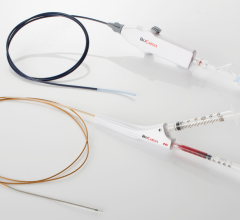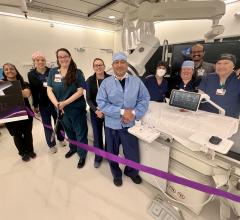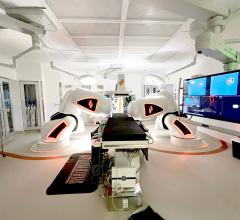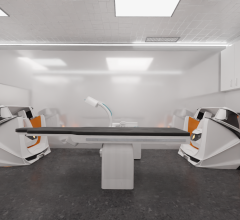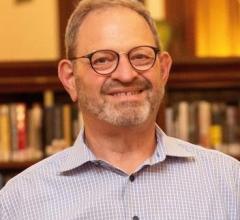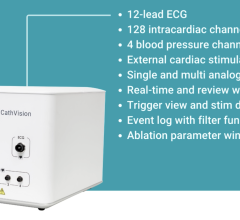
August 28, 2008 - Spectranetics Corp. today announced the first use in Japan of its Spectranetics Laser Sheath (SLS II) technology for removal of cardiac leads.
The SLS II approval by the Ministry of Health, Labor and Welfare is one of just three medical device technologies chosen annually under a fast track review in Japan. This technology has been used in the U.S. and Europe for more than a decade in over 45,000 successful procedures and is an important tool to manage lead-related issues that may arise in the roughly 4 million pacing and defibrillation leads implanted annually in patients worldwide.
Two procedures were recently performed at Tokyo Women’s Medical University by Dr. Morio Shoda, chief of clinical cardiac electrophysiology and associate professor of cardiology, and Dr. Satoshi Saito, assistant professor of cardiovascular surgery, under the proctorship of Dr. Roger Carrillo, the director of surgical electrophysiology at the University of Miami. Both cases involved leads that were infected, and all leads were successfully removed from the heart and encapsulating scar tissue using the SLS II Laser sheath without complication.
Dr. Shoda commented, “I am very pleased to begin using the SLS II Laser Sheath to remove leads from Japanese patients for whom this form of management is needed. Now in Japan we can safely address the needs of many patients with implantable pacemakers and defibrillators without subjecting them to more invasive surgical procedures.”
“In my years of experience with lead extraction procedures, the laser sheath is an indispensable tool that has helped me remove leads in a very safe, effective and efficient manner in hundreds of patients,” said Dr. Roger Carrillo. “In this first case in Japan, the laser sheath was successful in extracting a chronic lead where all other techniques had previously failed.”
As an escalating number of patients receive implanted cardiac devices, concerns surrounding lead management options have risen. Infection continues to be a primary cause for concern with leads, although lead malfunction and patient lifespan are increasingly causing physicians to consider lead removal versus lead abandonment, the current standard-of-care practice.
The SLS II uses “cool” ultraviolet light to safely, effectively and efficiently ablate scar tissue that holds problematic leads in place. A circle of fibers that emit pulses of energy travels over the cardiac lead to dissolve scar tissue that binds the lead to the body. Once the scar tissue is dissolved, the lead can be safely removed. Spectranetics is also in the process of seeking approval of the Lead Locking Device (LLD) technology in Japan, which can be used to assist removal with the SLS II by transmitting traction on the lead from within its hollow inner structure.
For more information: www.spectranetics.com

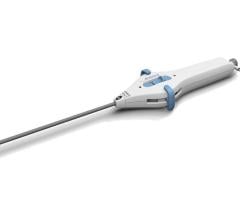
 July 31, 2024
July 31, 2024 
